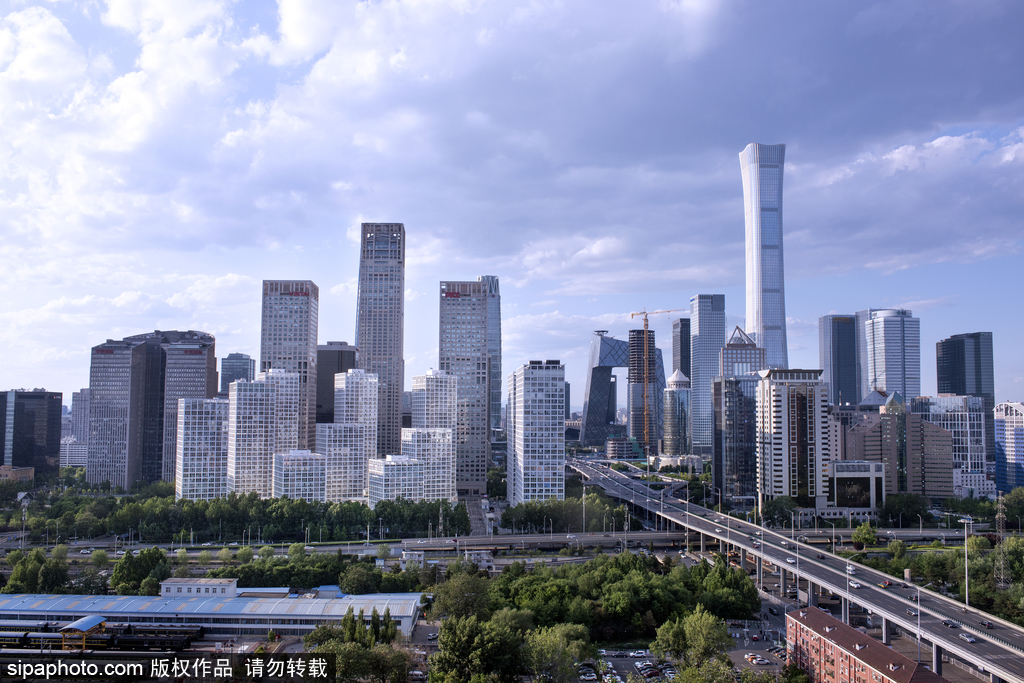Anticipating China's 14th Five-Year


China's first 5-year plan in 1953 ushered in a tradition of mapped-out strategies for economic and social development, setting targets for GDP growth and launching reforms. Traditionally, a strong growth target of an 8 percent was featured - a rate believed to be consistent with low urban unemployment. The current 13th plan (2016-2020) set an annual growth rate of 6.5 percent, reflecting the new normal after more sluggish growth in Western economies, yet sufficient to achieve the long-term goals of doubling the country's GDP and household income in the decade from 2010-2020. Thus, the Chinese Dream of a moderately prosperous society and the elimination of poverty has been achieved.
This makes the 14th economic plan for 2021-2025 an opportunity to reset priorities, and proposals will be discussed and assessed during the Fifth Plenary Session of the 19th CCP Central Committee from Oct 26 to 29. Not only the plans for 2021-2025 will be reviewed, but also further targets to 2035. This reflects a long-term strategic path for China's refocused development. In the final year of the current plan, no annual GDP growth rate was set amid the global economic decline from the pandemic. Instead, maintaining employment became the primary goal.
The 14th Five-Year-Plan is expected to include a more modest (but still strong compared to Western economies) annual GDP growth target of between 5 and 6 percent, with closer to 5 percent acceptable in a trade-off to securing quality growth and combating climate concerns. Indeed, the plan is expected to have aggressive targets on sustainable energy to reach China's announced goals of carbon neutrality by no later then 2060. It has been anticipated as "one of the most important documents on the planet" for global sustainability.
We can anticipate a shift from an energy consumption cap to a carbon emissions cap to support China's pledge to peak carbon emissions by 2030. We can expect an increased focus on human well-being, on a greener economy and higher-value production, with technological advances a priority. The further roll out of 5G, the development of AI, the improvements in clean air public transport in cities, electric vehicles and the next generation of high speed trains will support all this. Regulatory policy, finance and pricing signals will be needed to guide these developments. Sound guidelines on city planning and management should be provided.
China is expected to continue policies to open up more sectors to foreign investment, to reduce the negative list, to continue to improve market access generally and to strengthen initiatives, such as the China International Import Expo running for its third year Nov 5-10.
Alongside this high quality production should be support for the growing importance of service industries to the Chinese economy, and particularly as the driver of employment opportunities. A strong service sector can be more robust against the threats to trade in goods from an increasingly hostile, yet also economically depressed, international environment. Maintaining employment helps support domestic consumption, a powerful force for insulating the Chinese economy.
This concept was given full force by President Xi when chairing a symposium with entrepreneurs in July, where he stressed the need to give full play to the advantages of a huge domestic market so that a new development pattern will gradually be created. Then, domestic and foreign markets can boost each other, with the domestic market as the anchor.
Planning will not just be at the national level, but will include strengthening regional initiatives domestically. At the Central Economic Work Conference last December in Beijing, regional development plans also were stressed, primarily the coordinated development of the Beijing-Tianjin-Hebei region, the integrated development of the Yangtze River Delta, and the construction of the Guangdong-Hong Kong-Macao Greater Bay Area. At the same time, strategies for developing the Belt and Road Initiative can increase regional cooperation outside China.
The anticipated new plan can be summarized as focusing on the creation of a high income economy while supporting market accessibility, environmental improvement, rural development and technology to increase digitalization. While Western economies are likely to take time to recover, China is already demonstrating its resilience and is rebounding from the pandemic. The 14th Five-Year Plan provides a unique opportunity to move China forward in its next transition phase.
Colin Speakman is an economist and an international educator with CAPA: The Global Education Network.
The opinions expressed here are those of the writer and do not represent the views of China Daily and China Daily website.
If you have a specific expertise and would like to contribute to China Daily, please contact us at opinion@chinadaily.com.cn , and comment@chinadaily.com.cn


































